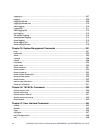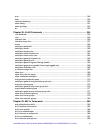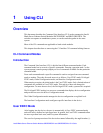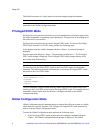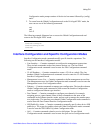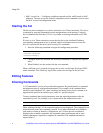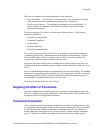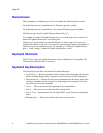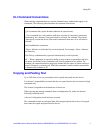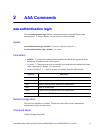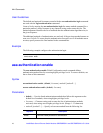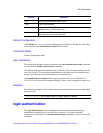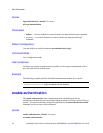Using CLI
6 Intel® Blade Server Ethernet Switch Modules SBCEGBESW1 and SBCEGBESW10 CLI Guide
Nomenclature
When referring to an Ethernet port in a CLI command, the following format is used:
For an Ethernet port on a standalone device: Ethernet_type port_number
For an Ethernet port on a stacked device: unit_number/Ethernet_type port number
The Ethernet type may be Gigabit Ethernet (indicated by “g”).
For example, g3 stands for Gigabit Ethernet port 3 on a stand-alone device, whereas 1/3
stands for Gigabit Ethernet port 3 on stacking unit.
The ports may be described on an individual basis or within a range. Use format port
number-port number to specify a set of consecutive ports and port number, port number to
indicates a set of non-consecutive ports. For example, g1-3 stands for Gigabit Ethernet
ports 1, 2 and 3, and g1,5 stands for Gigabit Ethernet ports 1 and 5.
Keyboard Shortcuts
The CLI has a range of keyboard shortcuts to assist in editing the CLI commands. The
following table describes the CLI shortcuts.
Keyboard KeyDescription
The following list provides a description of keyboard shortcuts:
• Up-arrow key — Recalls commands from the history buffer, beginning with the most
recent command. Repeat the key sequence to recall successively older commands.
• Down-arrow key — Returns the most recent commands from the history buffer after
recalling commands with the up arrow key. Repeating the key sequence will recall
successively more recent commands.
• Ctrl+A — Moves the cursor to the beginning of the command line.
• Ctrl+E — Moves the cursor to the end of the command line.
• Ctrl+Z / End — Returns back to the Privileged EXEC mode from any configuration
mode.
• Backspace key — Deletes one character left to the cursor position.



